Identifying the most common poisonous household plants for dogs
Poisonous Plants for Dogs: Part 1
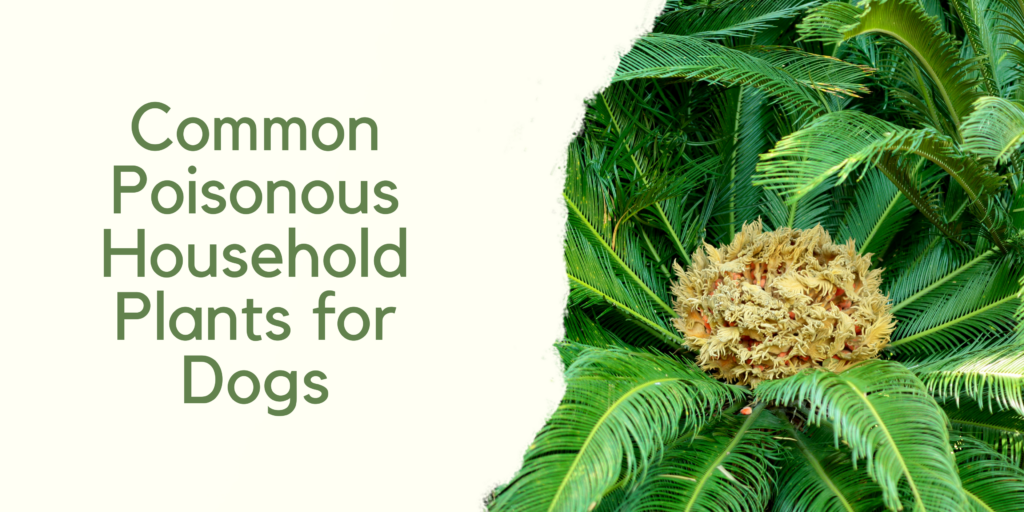
As devoted dog owners, we strive to create a safe and enjoyable environment for our beloved pets. While dogs love exploring and playing outdoors, it is crucial to recognize that some common plants can be toxic to them. Being well-informed about poisonous plants for dogs allows you to identify potential dangers and protect your canine companion. In this blog post, we'll discuss some of the most common poisonous plants for dogs and offer practical tips to ensure your pet's safety.

Sago Palm
Cycas revoluta
Sago palms are toxic to dogs, with all parts of the plant being harmful. The seeds are particularly dangerous. Ingestion can lead to vomiting, diarrhea, liver failure, seizures, and even death.
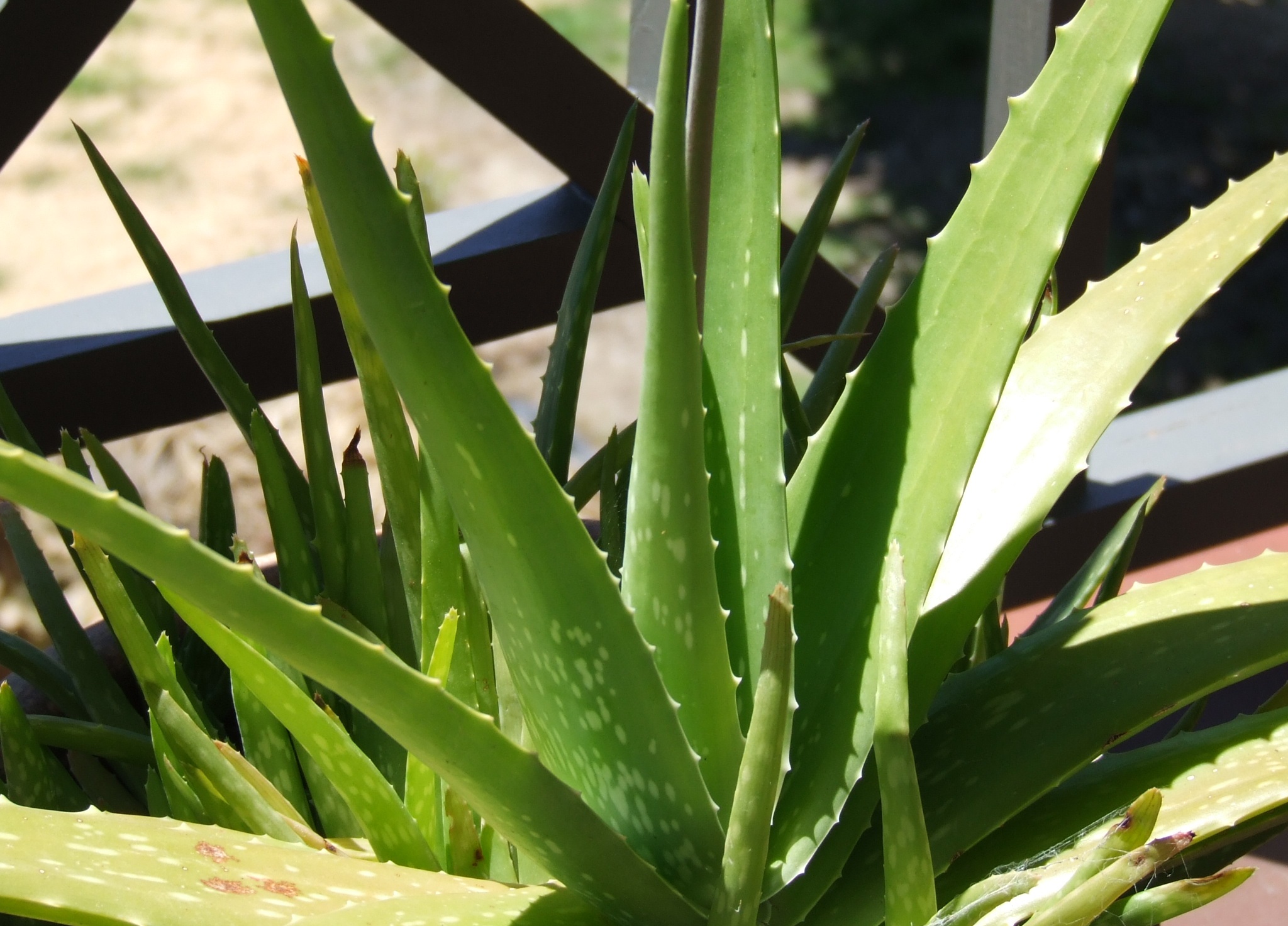
Aloe Vera
Aloe barbadensis
Although Aloe Vera has many beneficial properties for humans, it is toxic to dogs. Ingestion can cause vomiting, diarrhea, and lethargy.
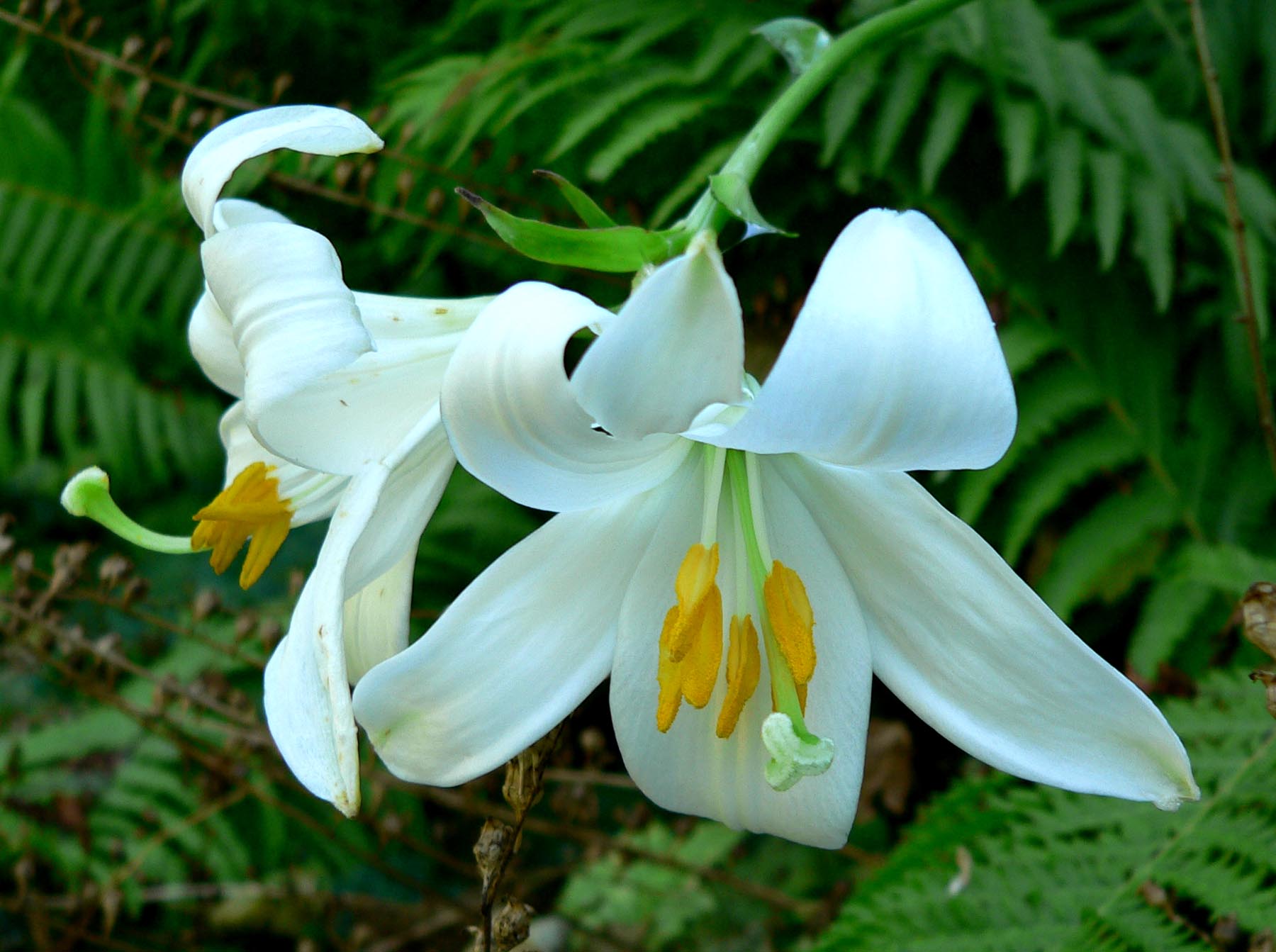
Lilies
Lilium spp.
Many lily varieties, such as Easter lilies, Tiger lilies, and Star Gazer lilies, are toxic to dogs. Ingestion can cause vomiting, diarrhea, and kidney failure.

Philodendron
Philodendron spp.
Philodendron plants contain calcium oxalate crystals, which can cause oral irritation, excessive drooling, vomiting, and difficulty swallowing in dogs.

Dieffenbachia
Dieffenbachia spp.
Also known as dumb cane, Dieffenbachia plants contain calcium oxalate crystals, which can cause oral irritation, excessive drooling, vomiting, and difficulty swallowing in dogs.
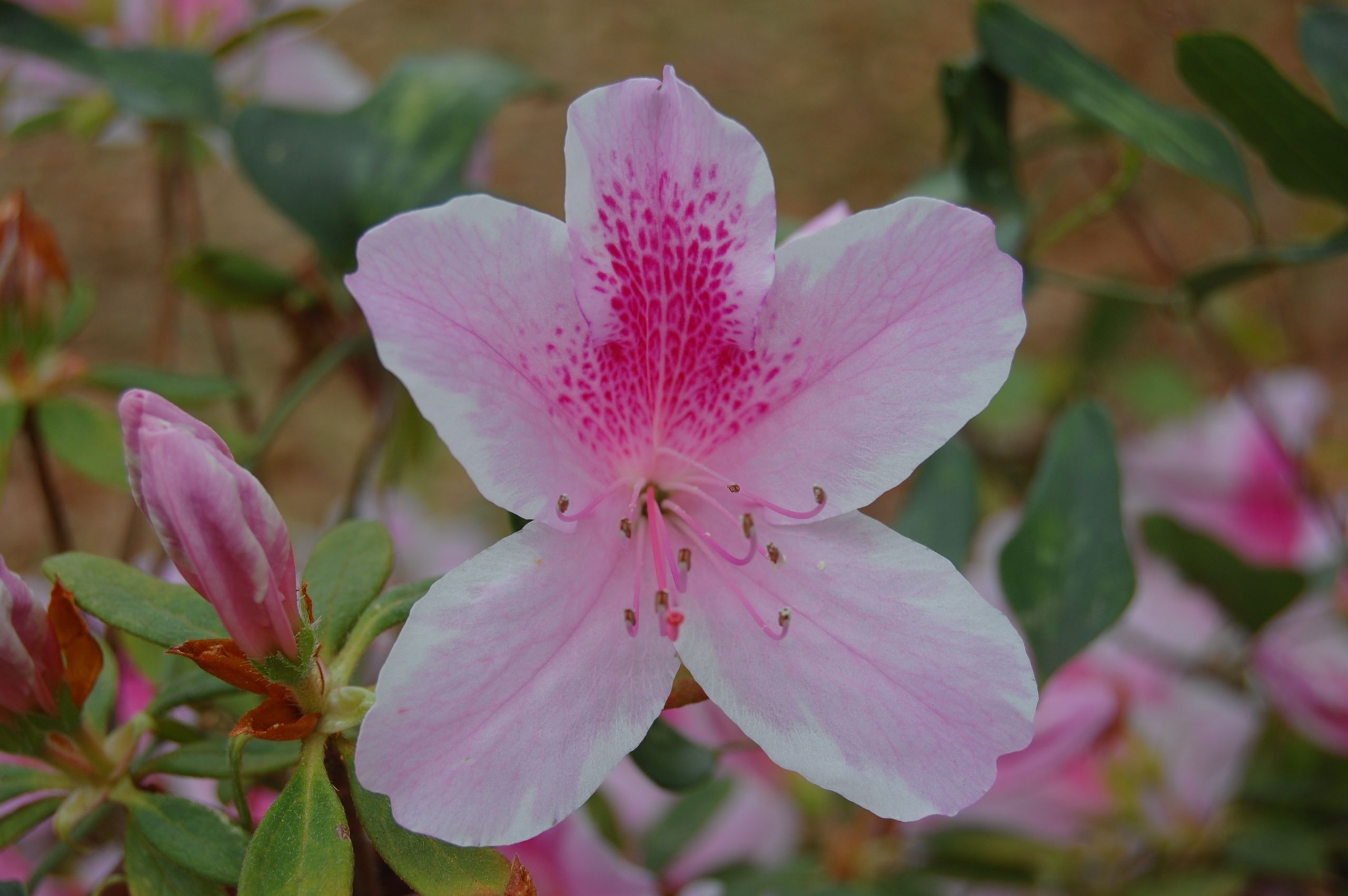
Azalea
Rhododendron spp.
Azaleas are toxic to dogs, and ingesting even a few leaves can cause severe symptoms such as vomiting, diarrhea, drooling, loss of appetite, and even heart failure in extreme cases

Cyclamen
Cyclamen spp.
Cyclamen is a beautiful flowering plant that is toxic to dogs. Ingestion can cause vomiting, diarrhea, and heart abnormalities.
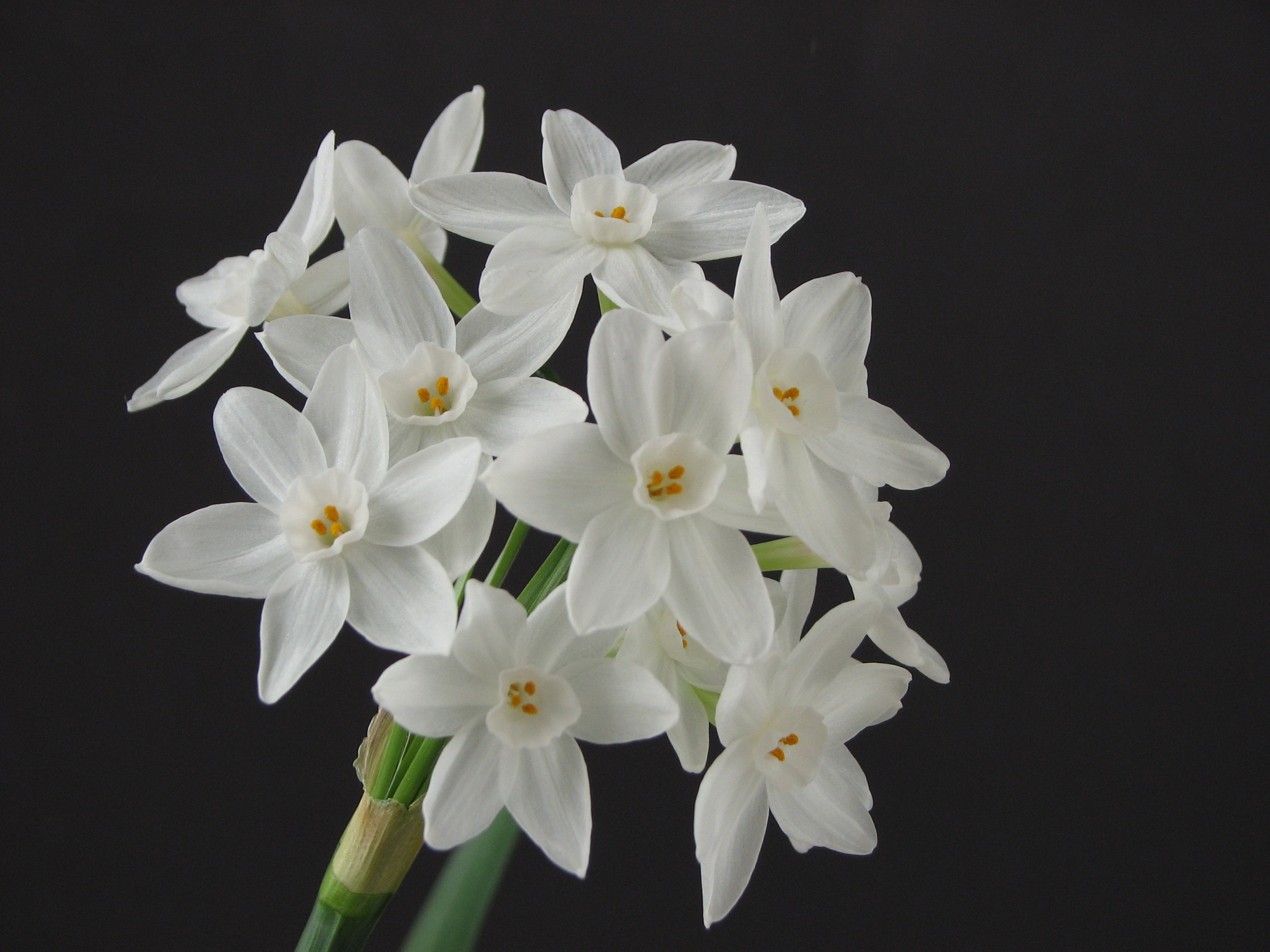
Daffodil
Narcissus spp.
Daffodil bulbs are the most toxic part of the plant, but all parts can cause symptoms such as vomiting, diarrhea, abdominal pain, and cardiac arrhythmias in dogs.
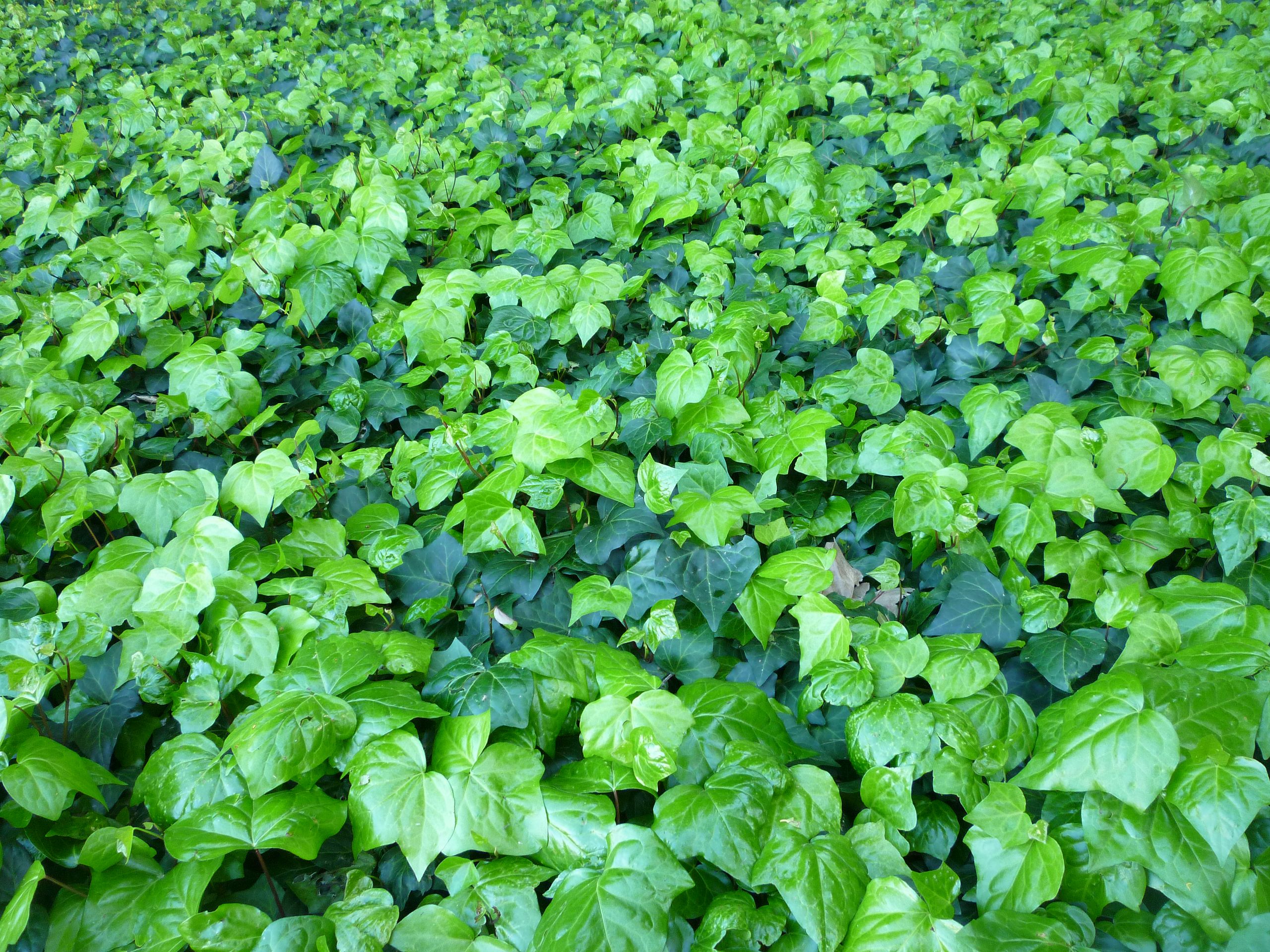
English Ivy
Hedera helix
English Ivy is toxic to dogs if ingested, causing vomiting, diarrhea, abdominal pain, and excessive drooling.
Jade Plant
Crassula ovata
Also known as the Money Plant, Jade Plant is toxic to dogs and can cause symptoms like vomiting, depression, and incoordination.
